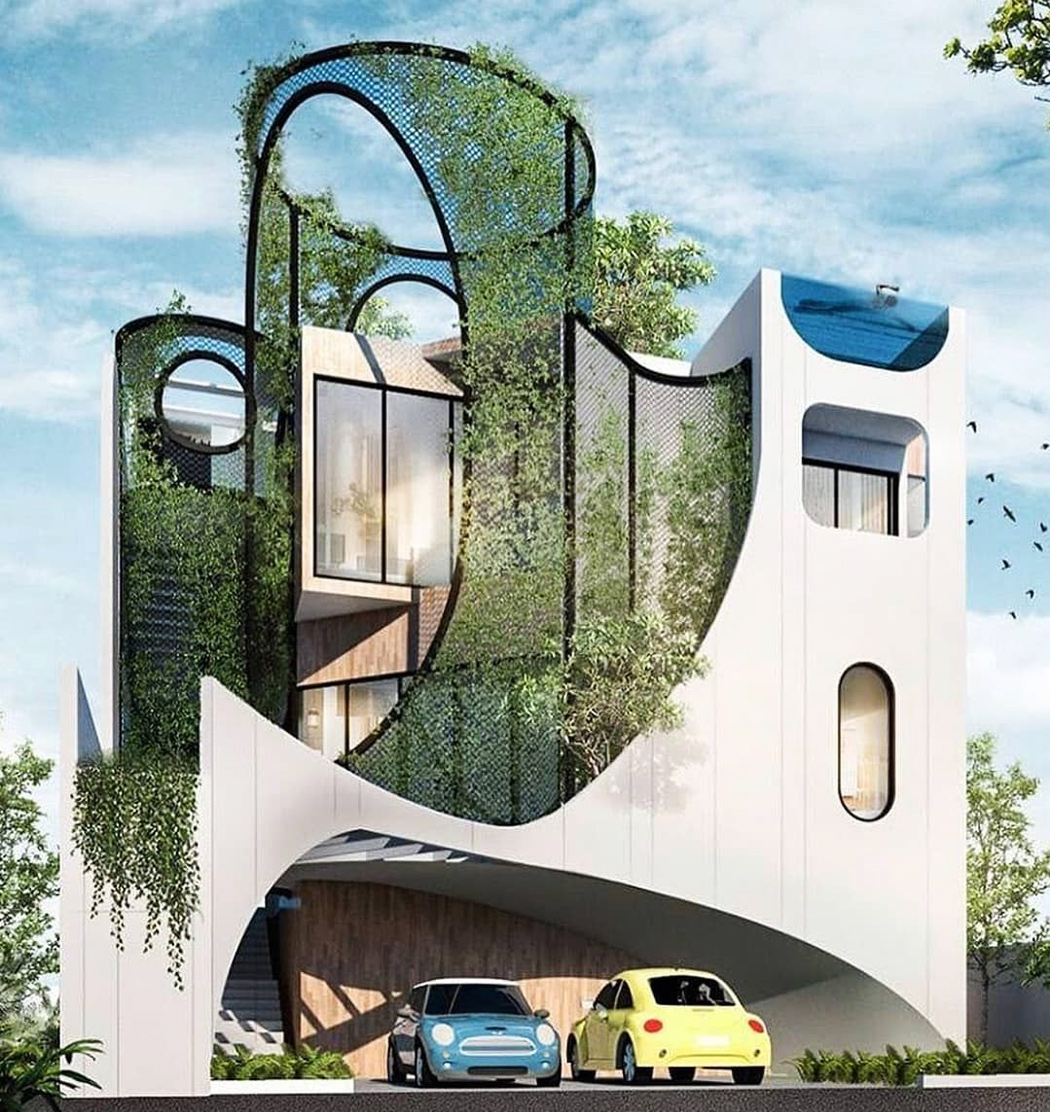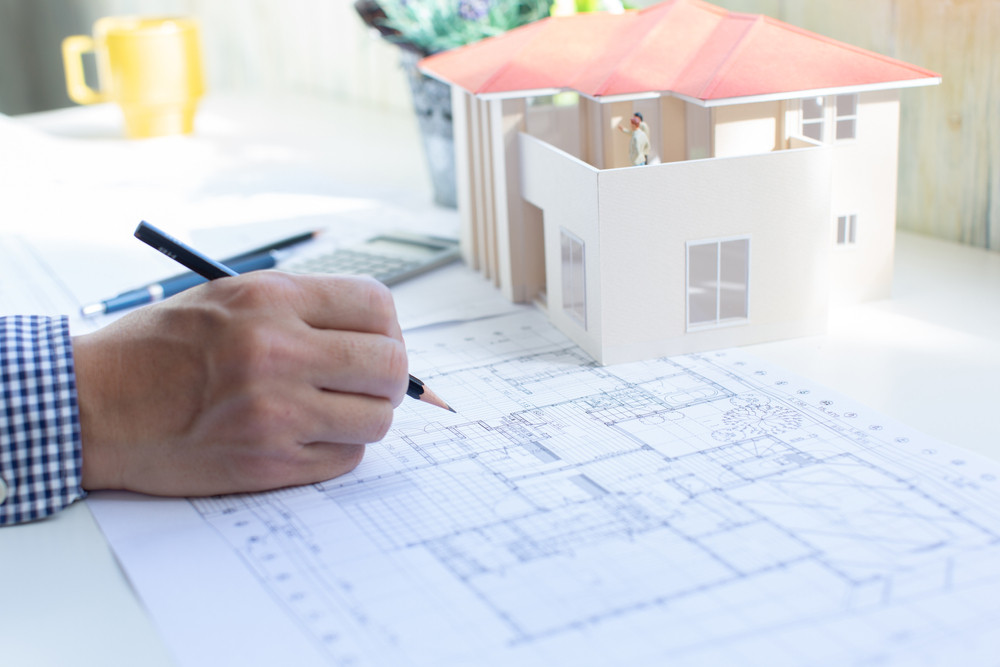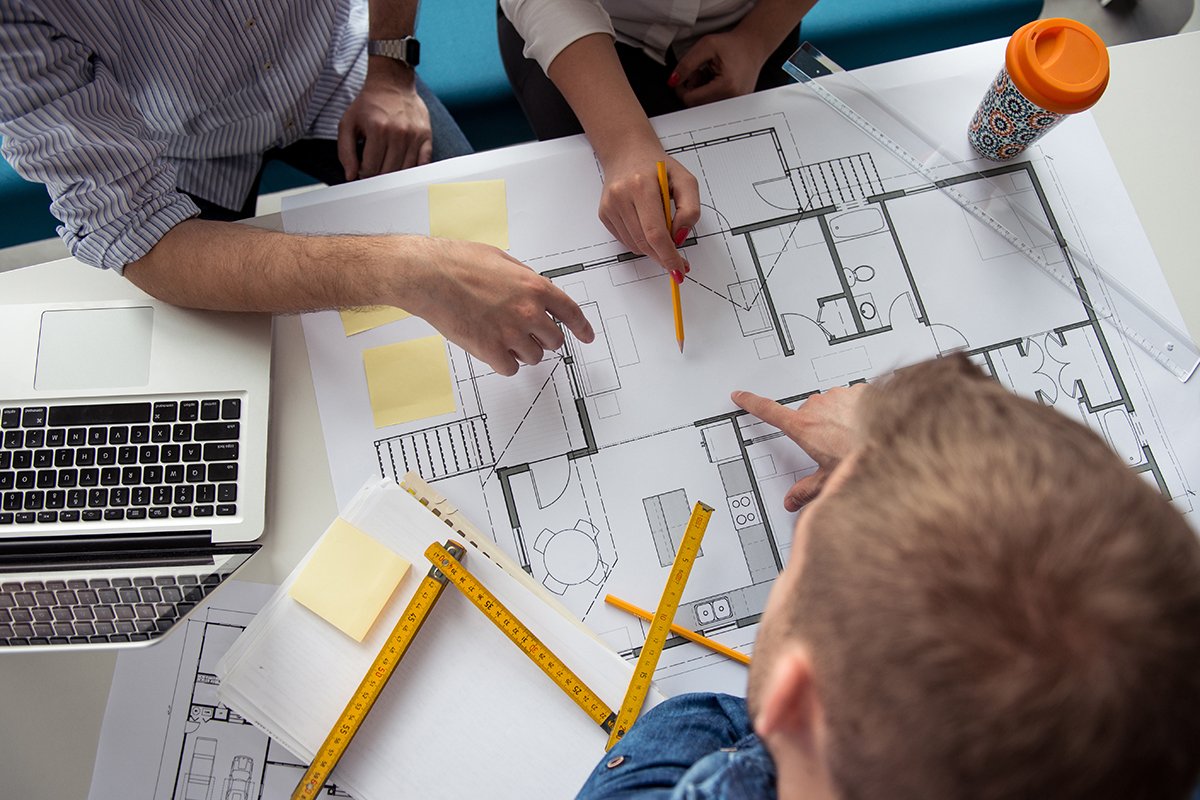Changing Rooms: The Vision of CDA Architects for Modern Living
The Impact of Technological Advancements on the Style Practices of Contemporary Architects
The quick development of technical devices has considerably improved the design landscape for contemporary architects, fostering unmatched levels of innovation and sustainability. Exploring these dynamics reveals a nuanced interaction in between innovation and traditional layout approaches, motivating a more detailed evaluation of what the future holds for building practices.
Evolution of Architectural Devices
Just how have building devices changed the design and construction procedures over the centuries? The advancement of building devices has actually significantly impacted the performance, accuracy, and creative thinking of design and building. In ancient times, engineers count on basic instruments such as plumb bobs, gauging rods, and standard geometry to create frameworks. These devices laid the structure for early building technique, permitting the building of legendary frameworks, albeit with constraints in accuracy and complexity.
With the advent of the Renaissance, the introduction of the compass and the protractor noted a critical shift. These tools allowed designers to attain higher accuracy in their styles, helping with the appearance of more intricate and proportional buildings. The Industrial Change even more changed building exercise with the intro of mechanized devices and materials, enabling bigger and much more enthusiastic tasks.
In the 20th century, the growth of computer-aided layout (CAD) software application changed the landscape once again, supplying engineers with extraordinary capabilities in modeling and visualization. Today, advanced tools such as Structure Info Modeling (BIM) and parametric style software remain to push the borders of architectural advancement, making it possible for an extra integrated strategy to design and building and construction processes.
Boosted Partnership in Style
As modern technology continues to advance, boosted partnership in design has actually come to be a foundation of contemporary building method. The integration of digital tools such as Building Details Modeling (BIM), cloud-based platforms, and progressed visualization software application has actually changed the way engineers, engineers, and stakeholders interact throughout the style procedure. These devices promote real-time communication, allowing groups to share ideas, adjustments, and feedback immediately, regardless of geographical place.

Additionally, interdisciplinary partnership has been structured with these technological developments, making it possible for architects to work more very closely with other professionals, such as urban planners and environmental consultants. The outcome is a more natural approach to design that considers numerous point of views and competence. Eventually, enhanced cooperation in layout is not simply a trend; it is crucial for creating innovative, useful, and aesthetically pleasing architecture in an increasingly intricate globe.

Sustainability Via Innovation
Sustainability in design has actually advice significantly ended up being linked with technological development, driving the industry toward eco liable practices. Contemporary designers are leveraging advanced technologies to decrease ecological influence while enhancing the performance of buildings. cda architects. One prominent instance is making use of Building Information Modeling (BIM), which permits exact planning and source allocation, minimizing waste during building and advertising power efficiency throughout a structure's lifecycle
Moreover, wise materials and energy-efficient systems are being incorporated right into styles to maximize resource usage. Technologies such as solar batteries and environment-friendly roof harness renewable resource sources, adding to decreased carbon footprints. Furthermore, the application of expert system in style processes allows architects to mimic and analyze power consumption, directing choices toward more sustainable end results.
The integration of lasting innovations not just aligns with worldwide environmental objectives however likewise fulfills an increasing need from consumers for environmentally friendly solutions. As engineers embrace these innovations, the focus shifts towards creating rooms that are not just visually pleasing however additionally functionally lasting, thereby redefining the requirements of modern-day style. By doing this, innovation serves as a catalyst for sustainability, allowing engineers to design structures that respect and enhance the natural surroundings.
Challenges in Implementation
While technological advancements in design hold excellent pledge for boosting sustainability, their implementation often experiences significant obstacles. One main barrier is the high understanding curve connected with new modern technologies. Architects and building professionals may call websites for extensive training to properly utilize innovative software application and tools, which can postpone project timelines and boost expenses.
Additionally, the combination of arising modern technologies, such as Structure Info Modeling (BIM) and sustainable materials, frequently demands cooperation across multidisciplinary teams. This cooperation can be prevented by distinctions in expertise, process, and communication styles, causing potential conflicts and inefficiencies.

Furthermore, governing frameworks and building regulations might not maintain rate with technological innovations, creating uncertainty and potential compliance issues. This obstacle can dissuade designers from fully accepting brand-new technologies, as the risk of non-compliance may surpass the advantages. Dealing with these implementation difficulties is vital for the successful combination of technological advancements in modern building practices.
Future Trends in Design
The challenges associated with the application of brand-new blog modern technologies in design have actually triggered a reevaluation of future patterns within the industry - cda architects. As engineers navigate concerns such as sustainability, urbanization, and social equity, they are significantly taking on ingenious technologies to improve layout performance and environmental efficiency
One popular trend is the integration of expert system (AI) in the layout procedure. AI tools can examine large datasets to notify style choices, enhancing both creative thinking and performance. Structure Info Modeling (BIM) continues to develop, making it possible for real-time collaboration amongst stakeholders and promoting structured project management.
Lasting design methods are likewise getting momentum, with architects focusing on adaptive reuse and regenerative design principles that lessen resource intake and waste. The consolidation of clever products and renewable resource resources will certainly additionally improve the durability of structures when faced with climate modification.
Furthermore, the increase of parametric style permits even more individualized and context-sensitive building options (cda architects). By harnessing these developments, designers are positioned to create constructed environments that not only attend to the immediate needs of culture however likewise anticipate future challenges, thus redefining the duty of architecture in an ever-changing globe
Conclusion
Technological innovations have significantly reshaped architectural layout practices, assisting in improved precision, cooperation, and sustainability. The combination of tools such as Structure Info Modeling and parametric style software program, together with expert system and wise materials, equips engineers to deal with complex obstacles better. While application may offer particular obstacles, the continued evolution of these modern technologies guarantees to drive advancement in style. Future trends will likely additionally highlight sustainability and performance, inevitably redefining the developed atmosphere.